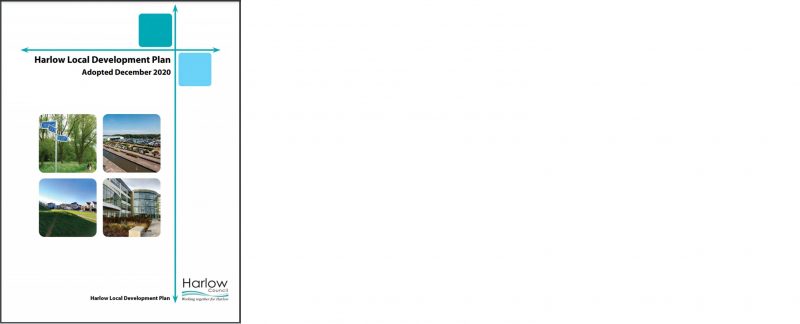Harlow Council have agreed to adopt it’s Local Plan after many years in the making, during which time it had to make hundreds of ammendments to the first submission. One of the key changes was the deletion of seven sites earmarked for housing development, due solely to the representations made by The Harlow Alliance Party to the Planning Inspector who was employed by the government to scrutinise the Plan.
The animosity shown by members of the two policial parties, evidenced throughout the debate came to a head when Labour Councillors voted to adopt the Plan and the Conservatives Councillors voted against it.
From the outset, The Harlow Alliance Party objected to how the Plan was constructed, how it was consulted upon and some of what it proposed. Our objections can be summarised as follows:
The latest projections for the number of new households being created show a continuing steep decline in recent years and there is a slowdown in the yearly increase in the UK’s population. This means that councils around the country including Harlow do not need to allow so many homes to be built in their area. Despite this, together with Planning Applications coming forward which are not included in the Plan, Harlow Council have now agreed that 3,000 more homes will be built in Harlow than what the government has set as a target.
The extended town, known as The Harlow and Gilston Garden Town will be administered by three District councils and two county councils. We do not believe this is sustainable, either politically or when trying to create what will effectively be a new, bigger community.
Consultation with residents about this Plan has been woeful throughout. Whilst the council said that it met all legal requirements, it is clear that relying almost solely on social media meant that very few residents had any idea of what was being planned. The Harlow Alliance Party was the only Party to hold public meetings on this subject, one Labour councillor saying publically that more consultation with residents would not have made any difference to the outcome.
The deletion of seven sites from the Council’s Plan demonstrates that the Plan was not properly prepared. There are other sites which could easily have been developed but the Council still went on to choose some sites which should never have appeared on the Plan.
Nearly 14,000 homes will be built in and around Harlow increasing the population of the area from it’s present 90,000 to around 150,000. Despite this, few if any plans are in place to mitigate the huge increase in the amount of traffic that will be on Harlow’s roads. Experience elsewhere shows that unless alternatives to using a car are in place before homes are built, residents will not subsequently reduce their reliance on the use of a car by taking a bus, using a bike or by walking.
The council tax paid by the residents of the thousands of homes over the other side of Harlow’s borders will of course be paid to Epping Forest and East Herts Councl’s and will do nothing to help with the financial prospects of Harlow Council and it’s ability to continue to provide services such as The Playhouse and Pets Corner and in the case of Hertfordshire County Council, Harlow’s roads.
Labour Councillors have promoted this Plan by saying that building all these homes will help those on it’s housing waiting list. The pitiful number of so called ”affordable homes” will do nothing to help those who are unable to buy a home, evidenced by the fact that collectively thousands of families are on the housing waiting list of the three District Councils. Less than 500 council homes will be built in Harlow in the next 12 years. The council have lost over 600 homes in the last 8 years so there will be less council homes at the end of the Plan period than there were 8 years ago.
At the end of this Plan’s term period in 2033, Harlow will be ringed by housing estates in the Epping and East Herts District. If Harlow Council are then required by government to allow the building of more homes in the future the only way this will be achieved is by building on some of the green open spaces within Harlow which residents currently enjoy.
Harlow’s Plan cannot of course be taken in isolation. It is closely linked to that of Epping Forest DC which proposes to destroy many hundreds of acres of valuable Green Belt land including greenhouses in order to create an extended Harlow, just at a time when the UK should be increasing it’s own food production.
